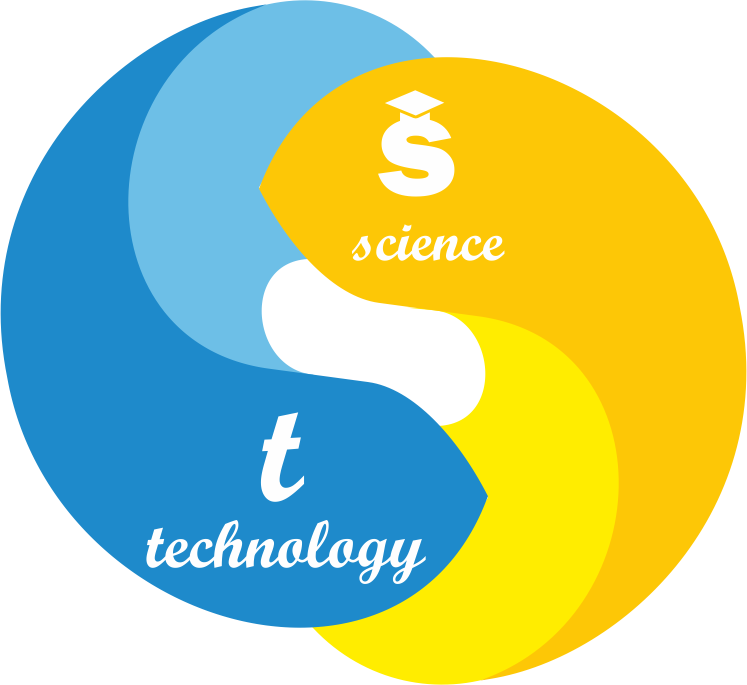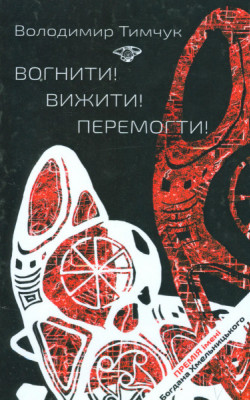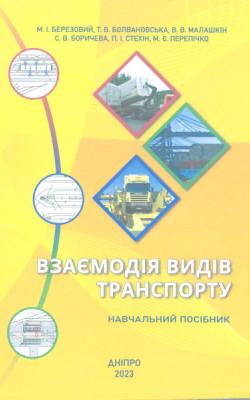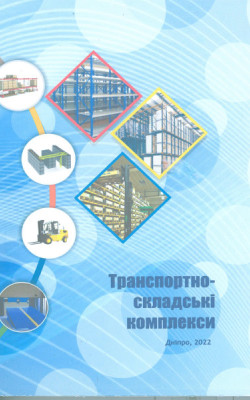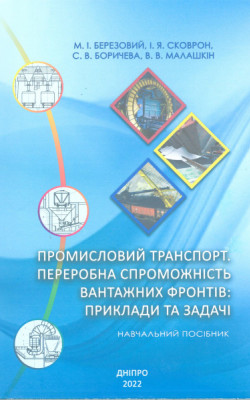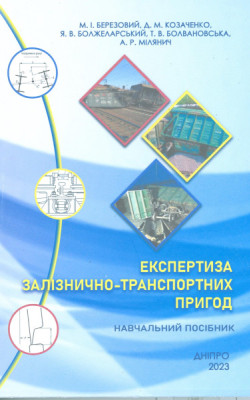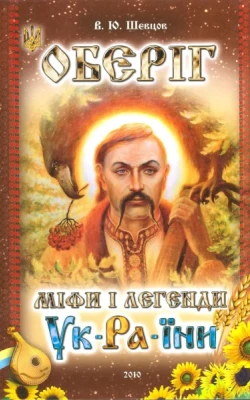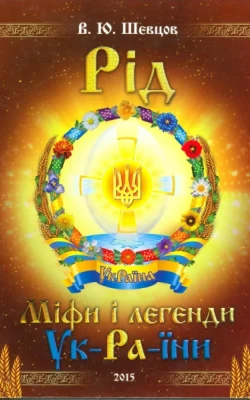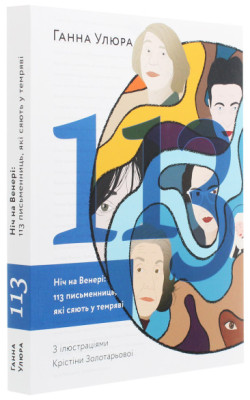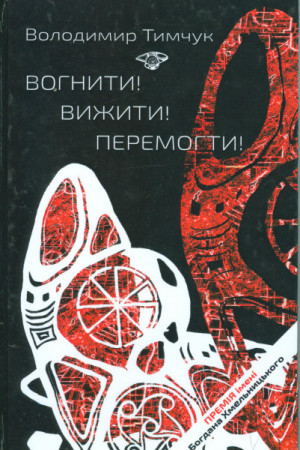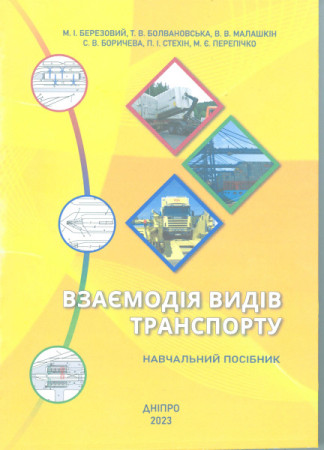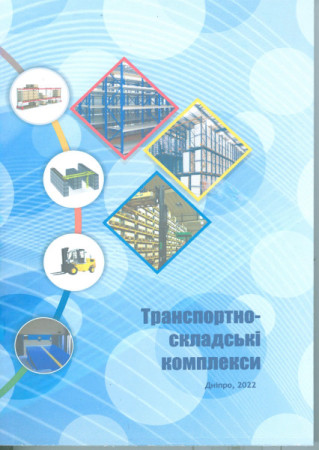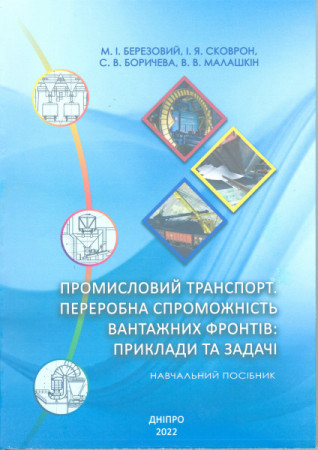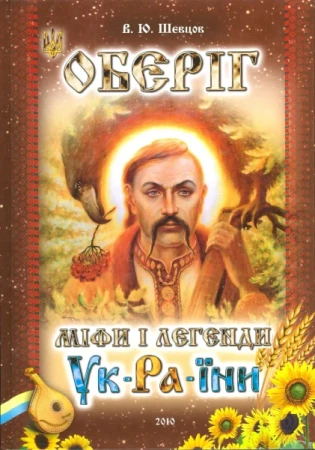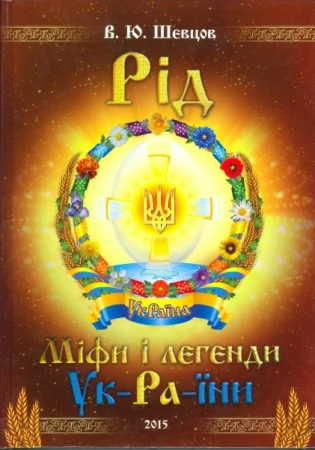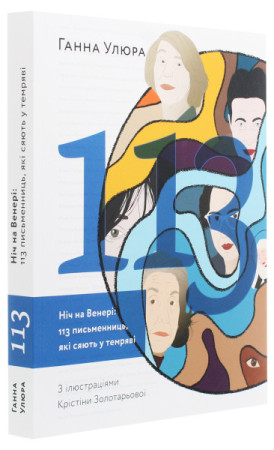For the information of the academic community!
The eaDNURT Institutional Repository is an online archive (electronic database) which accumulates, stores, systematizes and makes available to the public academic texts created by authors who are members of the community of the Ukrainian State University of Science and Technology.
Academic text – is an author's work of scientific, scientific-technical and educational nature.
eaDNURT included the following types of academic texts in electronic form:
– theses for academic degrees and author's abstracts;
– qualifying graduation theses of higher education seekers;
– articles in scientific journals, including all articles on the basis of which a scientific degree was awarded;
– monographs, including those on the basis of which a scientific degree was awarded;
– scientific publications;
– protection documents;
– textbooks, manuals and other scientific and educational works.
Please, note that
- posting your article in an online archive is a great way to make your research available and increase citations;
- There are different article versions (knowledge of which will allow you to more easily comply with the copyright provisions of publishers for publication on the Internet/repository):
- Pre-print–is the original manuscript of the author (or author's manuscript) submitted to the journal. It was not reviewed, edited, paginated and was not marked by the journal as accepted;
- Post-print – peer-reviewed and edited article. Also known as the accepted author's manuscript;
- Publishers' final version – article that has been reviewed, edited, read, paginated and fully formatted for publication.
To post the academic publications of the authors of the Ukrainian State University of Science and Technology in the repository, they shall comply with the following rules:
1. The author provides the library with an electronic version of the work (file size should not exceed 512 MB) in any format, but the formats listed below are preferable (see table)
2. Recommended formats for posting in the repository (table)
RECOMMENDED FORMATS FOR POSTING IN THE REPOSITORY | ||
material | format | extension |
Text | Adobe PDF, Microsoft Word | pdf, available for copying, doc, docx |
Presentation | Microsoft PowerPoint, Adobe PDF | ppt, pptx, pps, pdf |
Tables | Microsoft Excel | xls, xlsx |
Images | JPEG, GIF, PNG, BMP, TIFF | jpg, gif, png, bmp, tiff |
Audio | FLAC, МР3 | flac, mp3 |
Vidoe | Movie, MP4, Windows MediaVideo | mpeg, mpg, mpe, mp4, m4v, mov, wmv |
3. A separate file (doc, docx) with the following data should be attached to the publication:
- the surname, first name and patronymic of the author (authors) in the language of the original article (since 2017, one version of the name spelling is added to the repository); information about the author or authors (department, structural subdivision, position, ORCID of the author (authors), contact telephones, e-mail);
- work title, abstract and keywords in Ukrainian and English (mandatory) or in another language at the will of the author;
- bibliographic description of the publication, DOI or (in the absence of DOI) URL link, if the e-version of the article is already posted on the Internet.
The repository also contains abstracts and conference proceedings with a volume of at least 3 pages and a list of references.
According to the decision of the university administration, textbooks, manuals, monographs and other documents created by lecturers and researchers within the scientific activities of the department (for use in educational and scientific process) must be given to the library in at least one published copy, as well as their electronic version, confirmed by the copyright agreement, for posting in the repository (see the link in the Teachers tab on the STL website https://library.diit.edu.ua/en/page/teachers "Copyright Agreement for the assignment of non-exclusive rights").
The electronic version of the document is given in pdf-format and includes: cover image; title page of the publication; full text (if you have permission for posting of the author/all authors, as well as the publisher) or part of the text (article, chapter, section), if open access to the text is limited; the last page of the publication with the initial data. If there are access restrictions to the document, 30 pages of the publication are posted in the repository (cover, title page, table of contents, permitted part of the text, bibliography). If there is no e-version of the document, one shall provide information about the publication where it was printed, as well as a URL, if you know where the e-version is posted.
Bibliographic description (example):
It is drawn up according to DSTU 8302:2015 “Information and Documentation. Bibliographic Reference. General Terms and Rules of Formatting." (Інформація та документація. Бібліографічне посилання. Загальні положення та правила складання).
Сторчак І. М., Іванов O. П. Аналіз механізмів та ефективності спеціалізованих мов функціонального програмування. Наука та прогрес транспорту. 2019. № 6 (84). С. 117–129. DOI: 10.15802/stp2019/195581.
Authors: Storchak, Ihor Mykolaiovych, Ivanov, Oleksandr Petrovych
Authors identifier ORCID:
І. Storchak: ORCID 0000-0002-8434-9765; О. Ivanov: ORCID 0000-0003-1259-6377
Article title:
Аналіз механізмів та ефективності спеціалізованих мов функціонального програмування
Analysis of Mechanisms and Efficiency of Specialized Languages of Functional Programming
Publication:
Dnipro National University named after Academician V. Lazaryan
Abstract:
UK: Мета. Автори ставлять за мету встановити відмінності функціональних мов програмування, з`ясувати можливості найбільш популярних мов шляхом їх порівняння та аналізу. Для виявлення основних можливостей мов потрібно розглянути їх структури даних, а також сфери застосування. Виконати аналіз та порівняння прикладів із різних сфер використання мов за метриками складності текстів програм. Методика. Відібрано п’ять найпопулярніших спеціалізованих функціональних мов програмування: Erlang, Lisp, F#, Scala та Haskel. Для отримання інформації про можливості кожної мови вивчено їх структури даних, а також сфери застосування, проведено огляд офіційної документації. Експериментальну базу дослідження сформовано з текстів сучасних програмних систем, отриманих із відкритого джерела та підібраних за схожими напрямами застосування й однаковим обсягом тексту. Порівняльний аналіз прикладів програм виконано за метриками Холстеда, які розраховують за допомогою спеціально розробленого програмного забезпечення. Аналіз отриманих оцінок якості виконано графічним способом. Результати. Розроблено програмне забезпечення, яке дозволяє отримати метрики Холстеда для вхідних текстів програм на таких мовах функціонального програмування, як Erlang, Lisp, F# та Scala. Складність синтаксису мови програмування Haskel не дозволила використати метрики для оцінки тексту, тому було проведено тільки огляд можливостей за документацією. За допомогою порівняльного аналізу показано відмінність мов та окреслено сфери їх використання. Виконано порівняння прикладів різного об’єму з таких сфер використання, як задачі системного програмування, робота з графікою, математичні розрахунки, системи штучного інтелекту, веб-програмування тощо. Наукова новизна. Автори вперше провели порівняльний аналіз спеціалізованих мов за допомогою метрик складності текстів, який дозволив встановити, що мова Lisp має найменший словник і довжину коду, текст на Scala має найбільш структурований вигляд, а F# та Erlang відзначаються зайвою багатослівністю. Практична значимість. Отримані висновки та виміри допоможуть під час вибору найбільш ефективної мови функціонального програмування для вирішення конкретних завдань з урахуванням відмінностей у сферах застосування. Розроблене програмне забезпечення дозволяє виконувати виміри для різних текстів програм під час розробки та супроводу складних програмних систем.
Ключові слова: показники використання локомотивів, зменшення розмірності даних, метод головних компонент, метод аналізу ієрархій, індекс процесу, система утримання локомотивів, індекси безпеки руху
EN: Purpose. The authors aim to determine the differences between functional programming languages, to identify the capabilities of the most popular languages by comparing and analyzing them. To identify the main features, it is necessary to consider their data structures, as well as the application scope. The authors also aim to analyze and compare examples from various fields of language application using metrics of the program texts complexity. Methodology. The five most popular specialized functional languages are selected: Erlang, Lisp, F#, Scala and Haskel. An overview of the official documentation was conducted to obtain information on the capabilities of each language; their data structures and the application scope were studied. The experimental research base is formed from texts of the existing open source software systems and matched by similar applications and equal volume of text. Comparative analysis of sample programs is performed using Halsted metrics, which are calculated using specially designed software. The analysis of the received quality assessments is done graphically. Findings. Software has been developed to obtain Halsted metrics for program input texts in functional programming languages such as Erlang, Lisp, F# and Scala. The complexity of the Haskel programming language syntax did not allow the use of metrics to evaluate the text, so only a documentation review was performed. Benchmarking shows the differences between languages and outlines their use. The examples of different volumes from such areas of application as system programming tasks, graphing, mathematical calculations, AI systems, web programming, etc. were compared. Originality. The authors first conducted a comparative analysis of specialized languages using text complexity metrics, which made it possible to establish that Lisp has the smallest vocabulary and code length, Scala text has the most structured form, and F# and Erlang are marked with extra verbosity. Practical value. The findings and measurements will help in selecting the most effective functional programming language for solving specific problems, taking into account differences in applications. The developed software allows making measurements for various program texts when developing and maintaining complex software systems.
Keywords: functional programming, Halstead metrics, language capabilities, language comparison, specialized functional languages, Erlang, Haskel, Lisp, F#, Scala
Bibliographic description of the part of the publication (example):
Gabrinets V. O., Tytarenko I. V., Gnatiuk G. L. Substantiation of the Further Implementation of Heat Pump and Heat Storage Technology into the Energy of Industry and Utilities. Providing Energy-Saving Technologies: Technical, Ecological and Economic Aspects : collective monogr. / ed. L.V. Nakashydze. Dnipro, 2019. Pt. 3. P.53–60. ISBN 978-0-9988574-2-3.
For any questions, contact the Scientific Library, r. 262 (tel. 1-86) or e-mail: [email protected]
